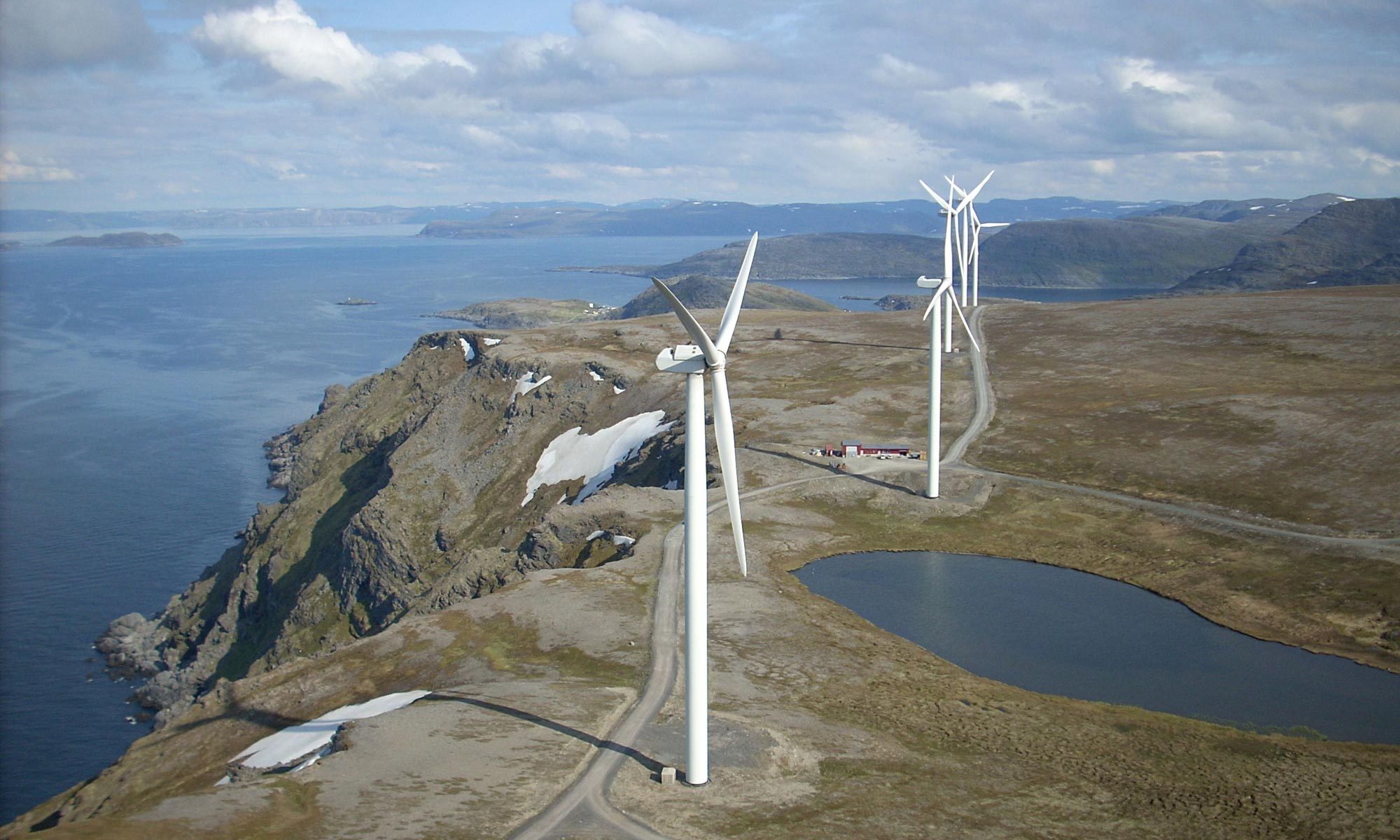We can support you long before wind turbines are commissioned. We provide production control and construction progress monitoring as well as factory acceptance tests.
Construction phase
production control
Production monitoring involves monitoring the quality of components during production. It is particularly recommended for large projects such as offshore projects.
Factory acceptance test
Factory acceptance test is the acceptance on site at the manufacturing plant. It takes place before delivery and is used for the control and quality assurance of the components as well as the release for delivery.
Construction progress monitoring
The construction progress monitoring serves to control the delivery of the components, the processes and the quality of the work carried out.
Inspection after commissioning
The inspection after commissioning is a comprehensive technical inspection of the complete wind turbine, including rotor blades if requested. It serves in particular to identify defects before payment of the final instalment of the purchase price in order to be able to make appropriate retentions if necessary.
Verification of conformity with the sales contract
Inspection of the plant for conformity with the purchase contract.
Testing for conformity with Building permit
Inspection of the plant for conformity with the conditions of the building permit.
Operating phase, scheduled inspections
Inspection before End of warranty
The inspection before end of warranty is a comprehensive technical inspection of the complete wind turbine including rotor blades. It serves in particular to determine defects before the warranty expires so that they can be claimed against the manufacturer in time.
Periodic inspection
The periodic inspection is usually required in the type approval and/or building permit and must be carried out regularly (usually every two to four years) in accordance with the requirements. The complete wind turbine is inspected.
Condition-based inspection
The condition-based inspection is prescribed by the insurance conditions of machinery breakdown and interruption insurance policies. It is a technical inspection of the entire wind turbine, supplemented by an offline vibration analysis of the drive train (offline CMS) and a lightning protection continuity measurement.
Offline-CMS
An offline vibration analysis of the drive train is used to detect changes in condition and to detect damage at an early stage, which otherwise can lead to unplanned downtimes.
Lightning protection continuity test
During the lightning protection continuity test, the resistance between the receptors of the blade and the grounding of the installation is measured. This is used to check whether, in the event of a lightning strike, the lightning protection system of the plant is functioning and the lightning current is reliably discharged into the ground.
Video endoscopy
The video endoscopy is used to inspectareas that are not accessible during a visual inspection. Usually raceways, rolling elements and cages of bearings as well as gearings are inspected.
Lifetime extension assessment
The evaluation on lifetime extension serves to determine potential reserves for extending the operating life over the calculated operating period of usually 20 years.
Operating phase, unscheduled phase
Damage analyses
We carry out damage analyses after all types of damage. This includes damages to rotor blades, bearings, gearboxes, generators, foundations as well as fire damage.
Thermography
The main field of application of thermography is the testing of electrical equipment. In doing so, defective components or loose screw connections can be detected, e. g. which could otherwise lead to the total loss of the wind turbine.
Dye penetrant method
The dye penetrant method is used for crack detection in structurally relevant components.
Repair surveillance
Quality monitoring of repair work takes place during the repair surveillance. Great attention is paid to the proper execution of the repairs and to the avoidance of unnecessary/increased repair costs.
End of operating phase
Lifetime extension assessment
The evaluation on lifetime extension serves to determine potential reserves for extending the operating life over the calculated operating period of usually 20 years.
Decommissioning cost assessment
Decommissioning cost assessments serve to determine the amount of guarantees or reserves from an approval or tax law perspective.
